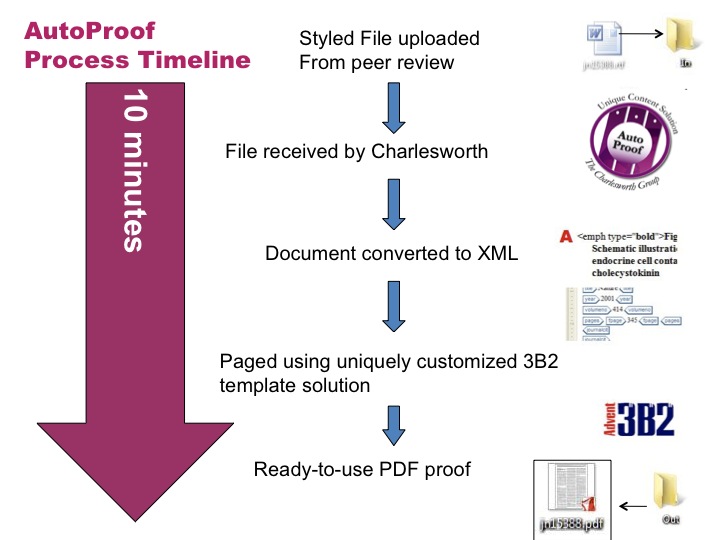Presenter: Adrian Stanley, Session Abstract
July 10, 2009 at 11:00 a.m.
Background
Adrian Stanley is the Chief Executive Officer for The Charlesworth Group (USA). Prior to this Adrian worked for 4 year as Production Director for Charlesworth China setting up their Beijing office. The Charlesworth Group offers cutting edge automated typesetting services, as well as Rights and Licensing opportunities for publishers in the China market. Adrian is an active committee member for the SSP (Society for Scholarly Publishers), The Association of Learned and Professional Society Publishers (ALPSP North American Chapter), the Council of Science Editors (CSE), as well as working on a key project with the Canadian Association of Learned Journals; he has 20 years experience working in the publishing/printing sector.
Session Overview
This session was a technical session, yet one which tried to keep the technology basic and focused more on the benefits of the technology for the publishing process, particularly the benefits of XML. Charlesworth works with XML and XML workflows. Their aim is to support publishers. This session showcased their tools.
The benefits of using XML are the automation and time saving in the publisher’s workflows. But more fundamentally XML adds energy to data. The presenter took a short poem and showed it as text, then HTML then XML. The change in the poem was less how it looked than what it now was. In XML, it now had substantial additional information encoded with the poem.
Benefits of XML are numerous, adding more information and data about an article, data that is both machine and human readable. The presenter referred to the excellent pre-conference workshop in the PKP 2009 conference by Juan Pablo Alperin for further information on XML.

AutoProof Process Timeline diagram highlights the 10 minute process that Charlesworth’s AutoProof performs. It takes a styled file, converts it to XML and then outputs it in production ready PDF format. Charlesworth provides some Microsoft Word macros that help apply tagging and styling, to prepare documents in Microsoft Word for import to this process and ultimately XML. The presenter took us through this process showing each stage.
The presenter then showed the Online Tracking System that allows a view into each stage in the AutoProof process. From one screen, the publisher and editor can run the entire publishing process.
Next some examples of the many other types of AutoProof publications that are possible were shown. It’s not just journals e.g. program and abstract meetings, ebooks, dictionaries, etc can be handled. As long as files coming to AutoProof are structured, many types of documents can be used and created. So what AutoProof is doing is simplification and reduction of time in the workflow process, using XML at its core.
In addition AutoProof supports incorporating XML into the PDF, to make PDFs more readable and searchable. Storing the metadata in the PDF file (using XMP) could make it much easier to import a large collection of PDF files into a reference manager. XMP combines XML metadata within the PDF file. The presenter showed a sample XML Packet (XMP) page.
Other applications and developments with XML are also possible including auto generation of table of contents and Index, author proofing of link to PDF form XML, creating XML in multiple DTDs (document type definition), etc.
So in summary the goals of AutoProof are to enhance publications, customize how much or how little the publisher wants to do with XML, provide integrations with other systems and provide the basis for further developments e.g. authoring templates. Lastly, the presenter showed an example of OJS journal using AutoProof. Every reference automatically picked up the DOI (Digital Object Identifier) and automatically creates web links to the references.
Session Questions
Q: How much of publishing workflow did the James Journal use?
A: The James Journal allowed forward and backward linking, see the references in this James Journal article. They used most of our services; most fundamentally we created the XML. Because they used a lot of our services they were able to publish this magazine with a part-time editor.
Q: What about integration with OJS?
A: So we are working on creating integration with OJS
Q: What are the costs?
A: Broad range, depending on services that you need. The important point however, is to start to work out how much the alternatives of using your staff time is in fact really costing you. That is where we can help you make savings by significantly reducing the amount of staff time you need to dedicate to the publication process.
References and Related Links
Charlesworth Group launches new open access OJS journal
DTDs (document type definition)
DOI (Digital Object Identifier)